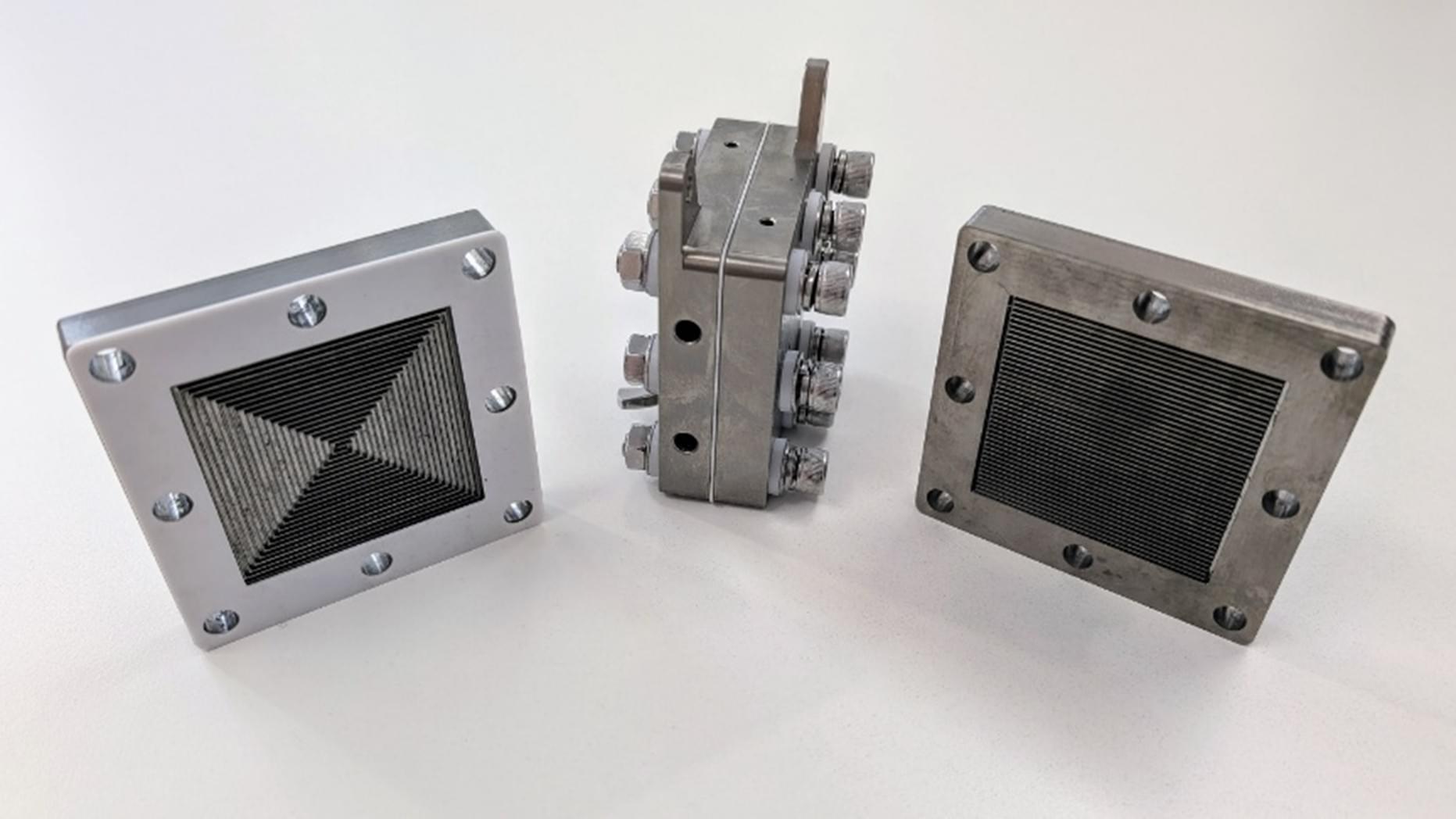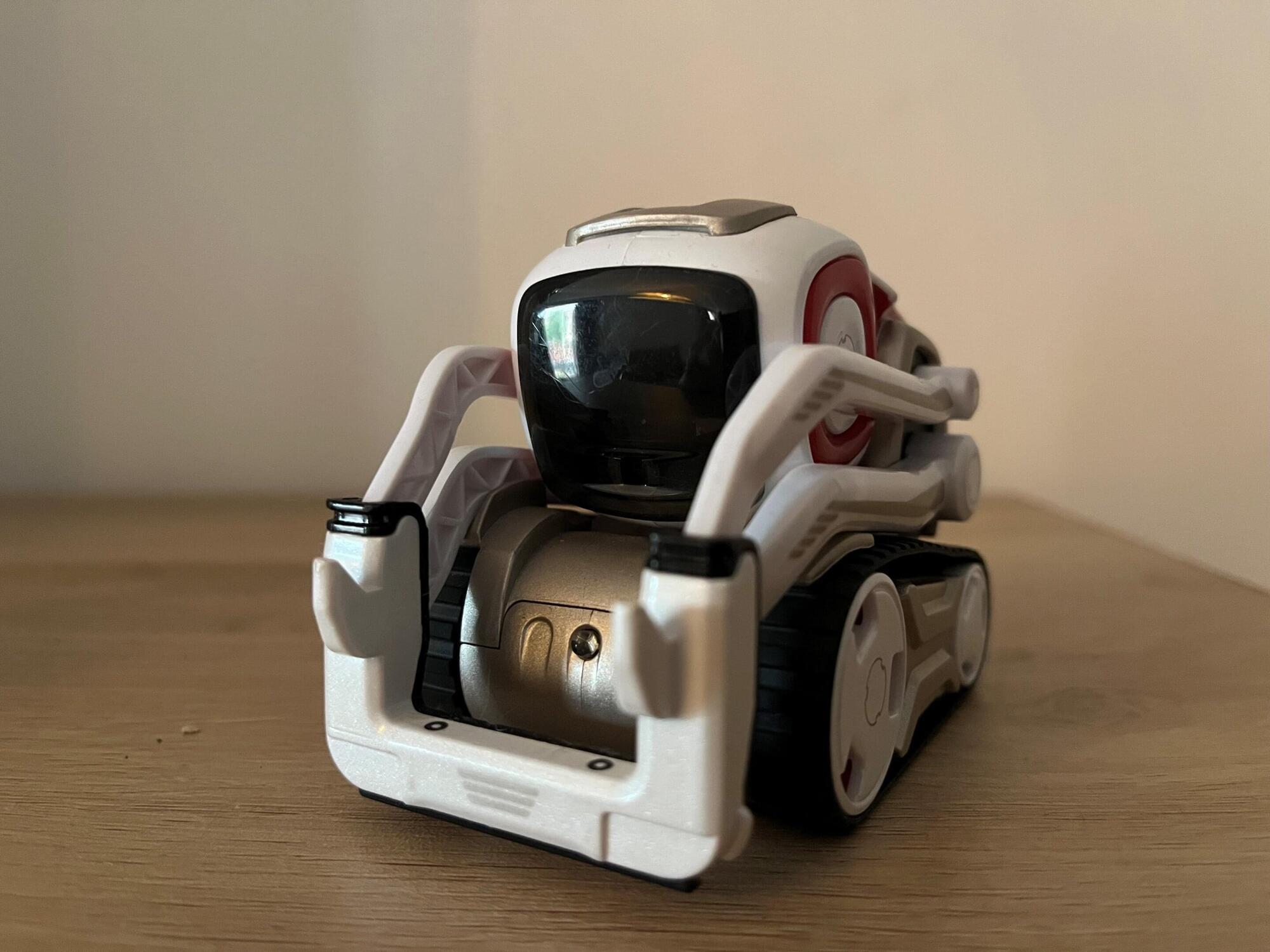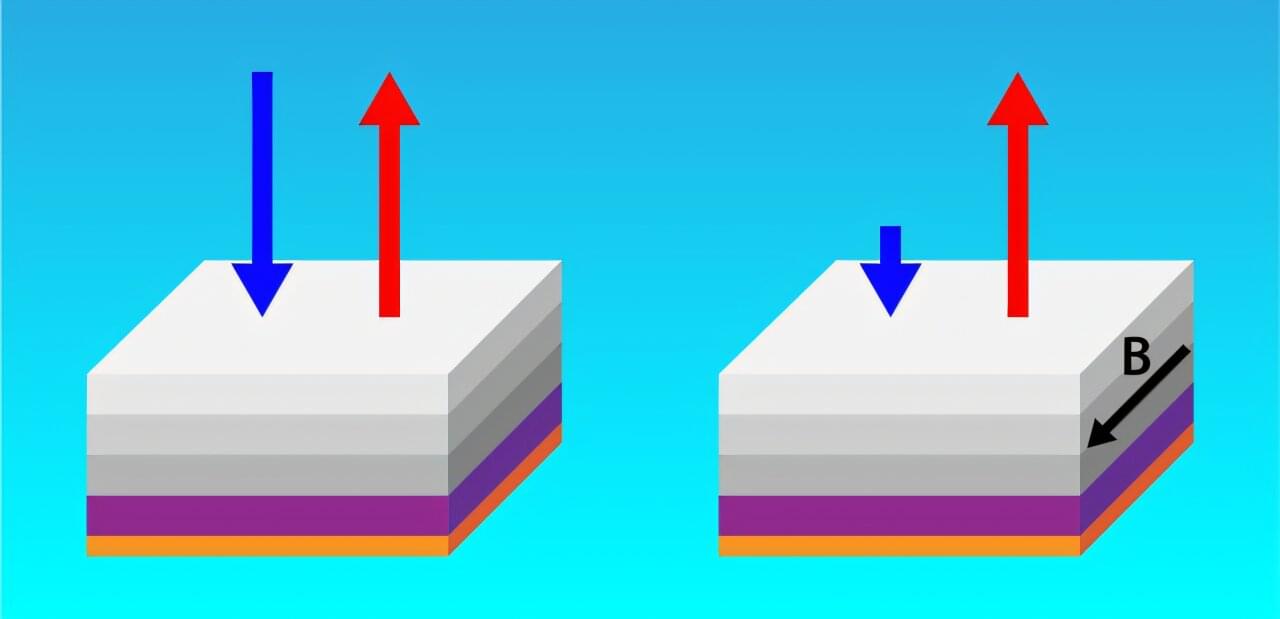Marine scientists have long marveled at how animals like fish and seals swim so efficiently despite having different shapes. Their bodies are optimized for efficient aquatic navigation (or hydrodynamics), so they can exert minimal energy when traveling long distances.
Autonomous vehicles can drift through the ocean in a similar way, collecting data about vast underwater environments. However, the shapes of these gliding machines are less diverse than what we find in marine life—the go-to designs often resemble tubes or torpedoes, since they’re fairly hydrodynamic. Plus, testing new builds requires lots of real-world trial-and-error.
Researchers from MIT’s Computer Science and Artificial Intelligence Laboratory (CSAIL) and the University of Wisconsin-Madison propose that AI could help us explore uncharted glider designs more conveniently. The research is published on the arXiv preprint server.








